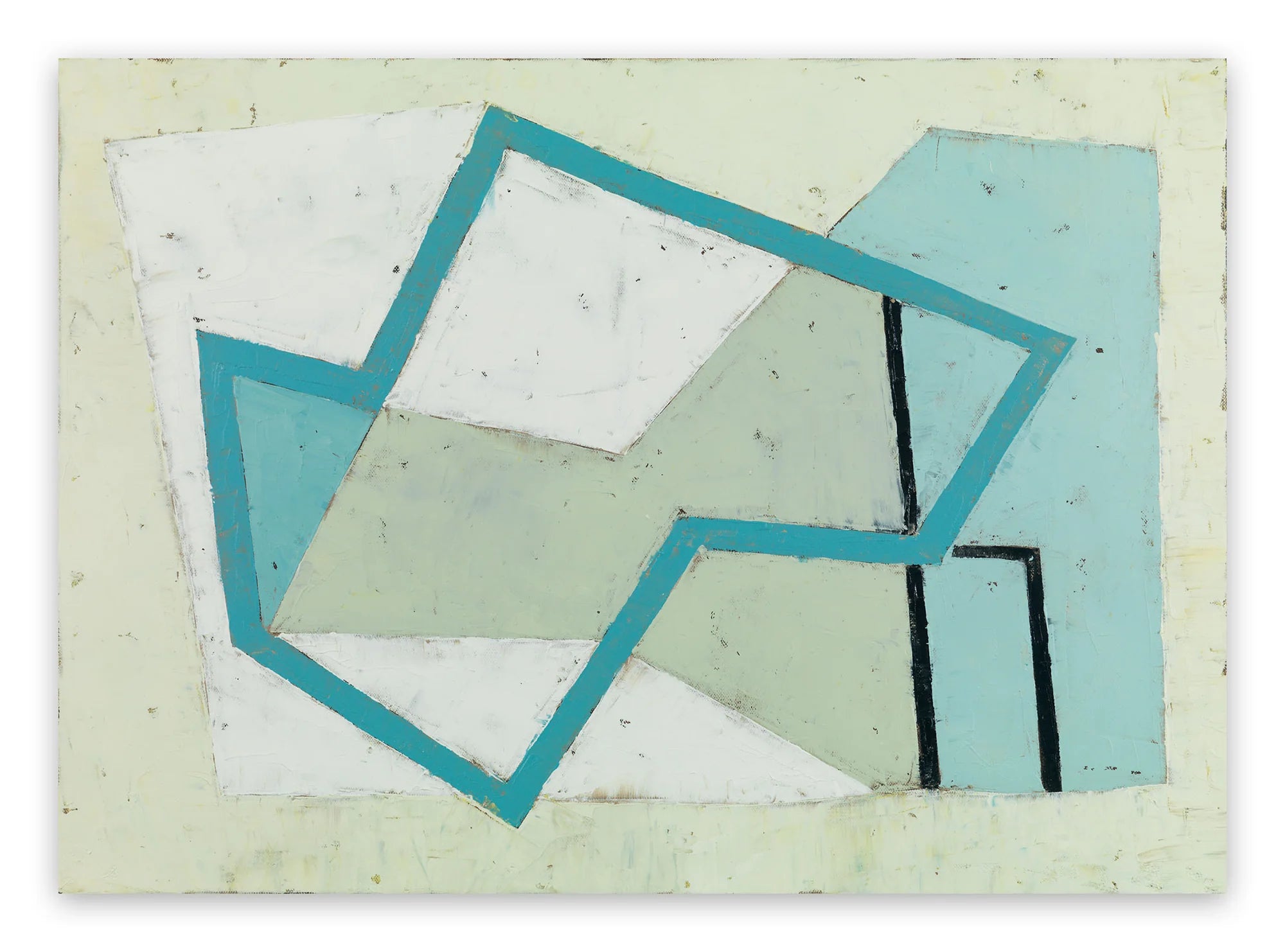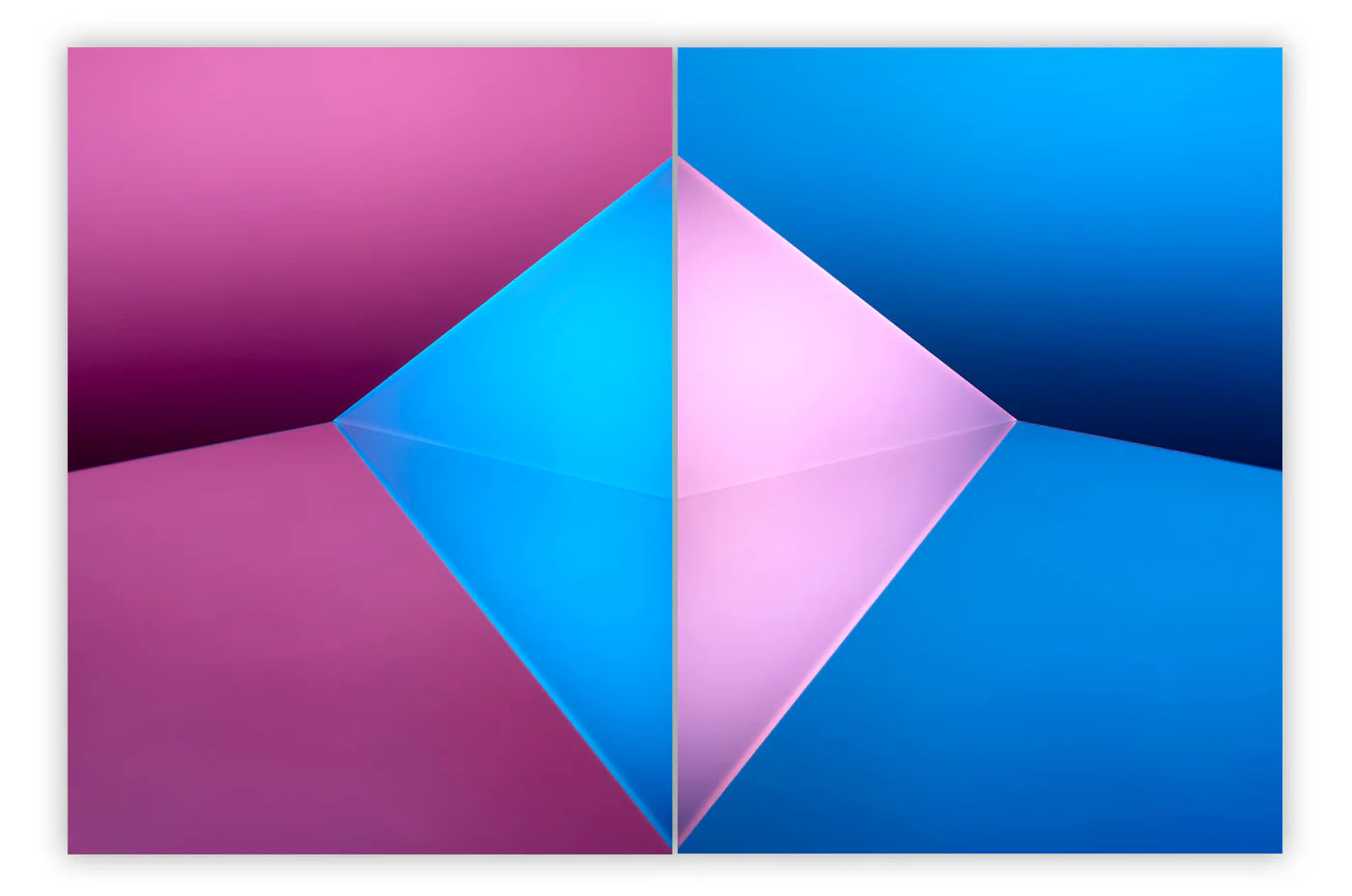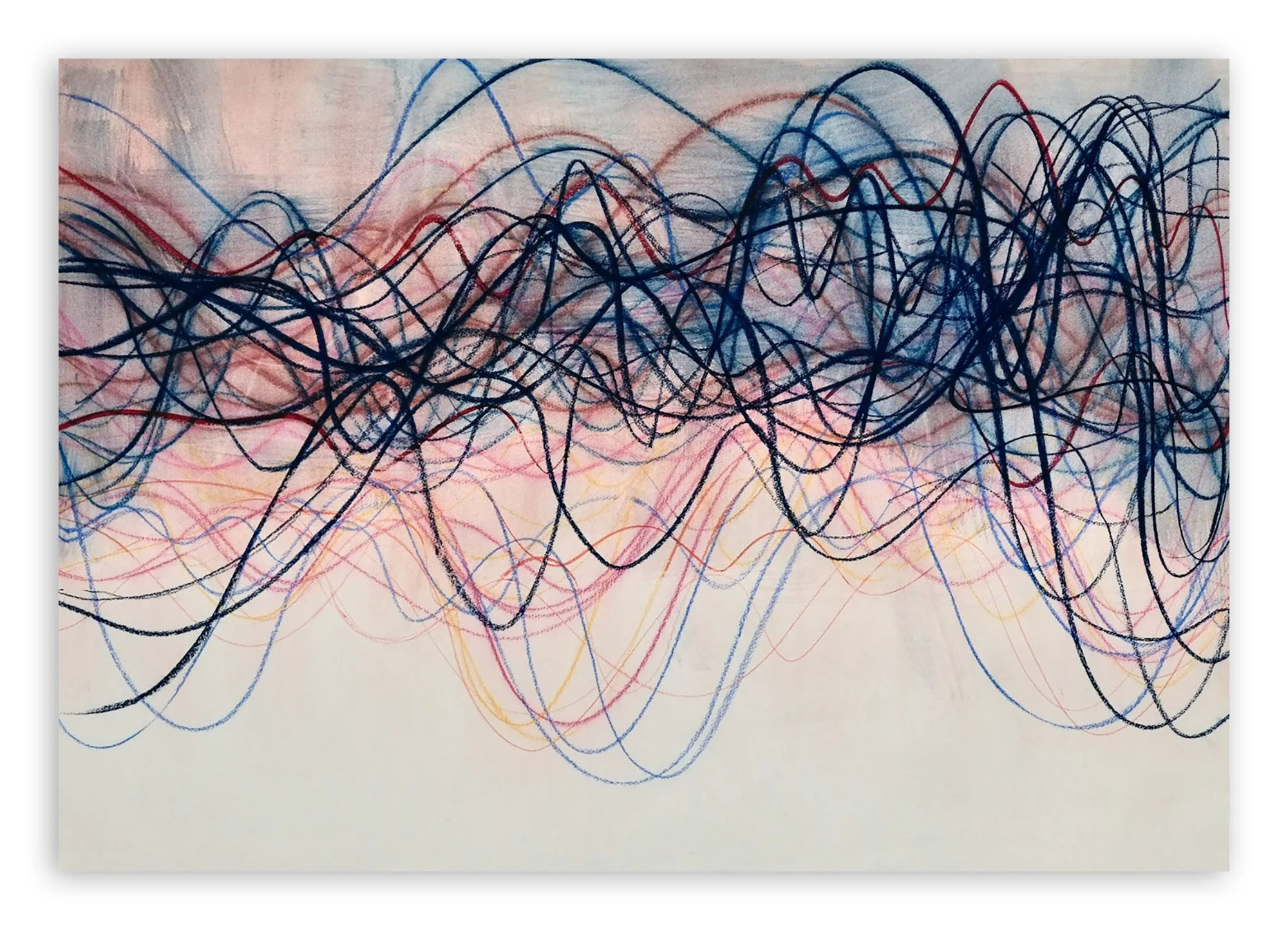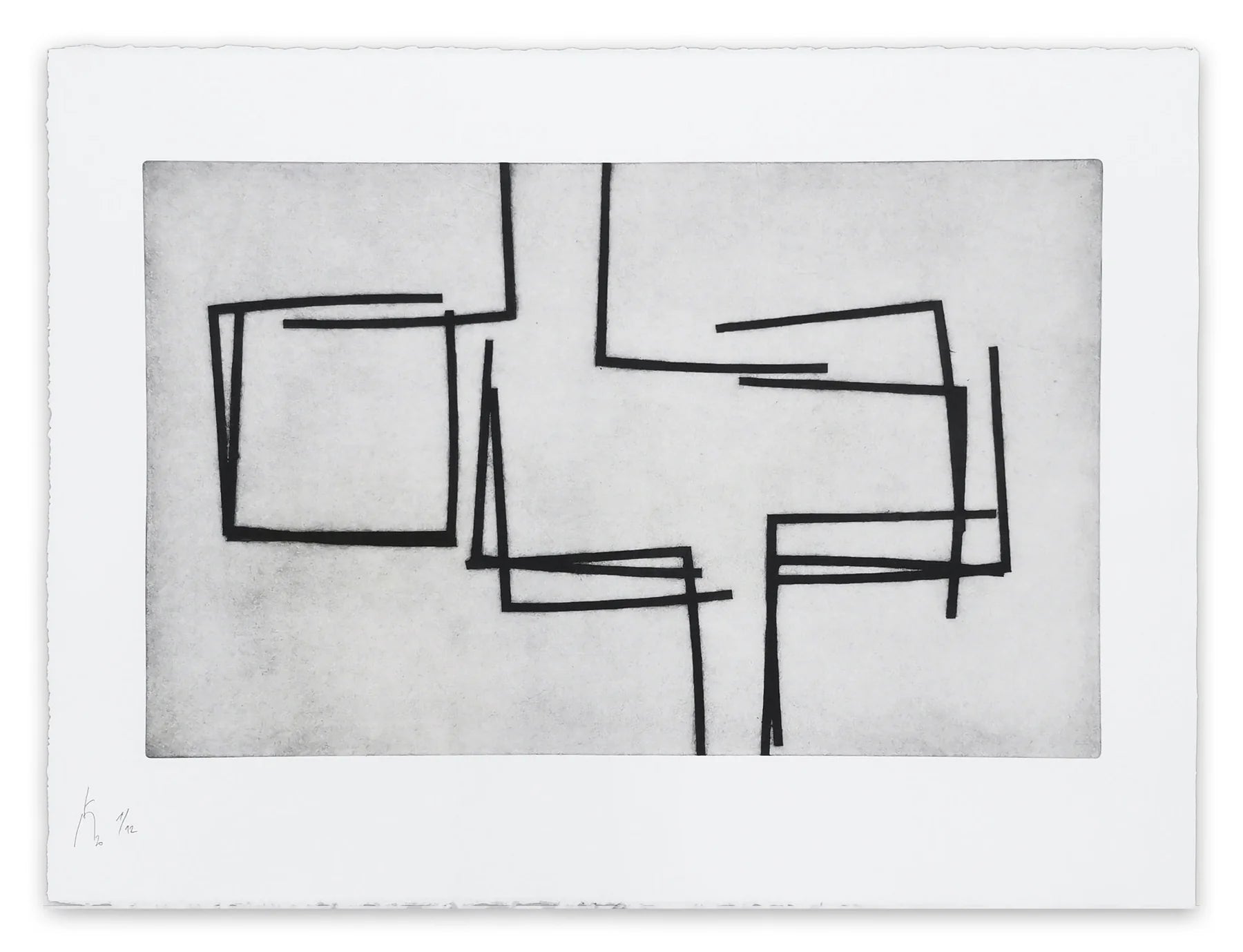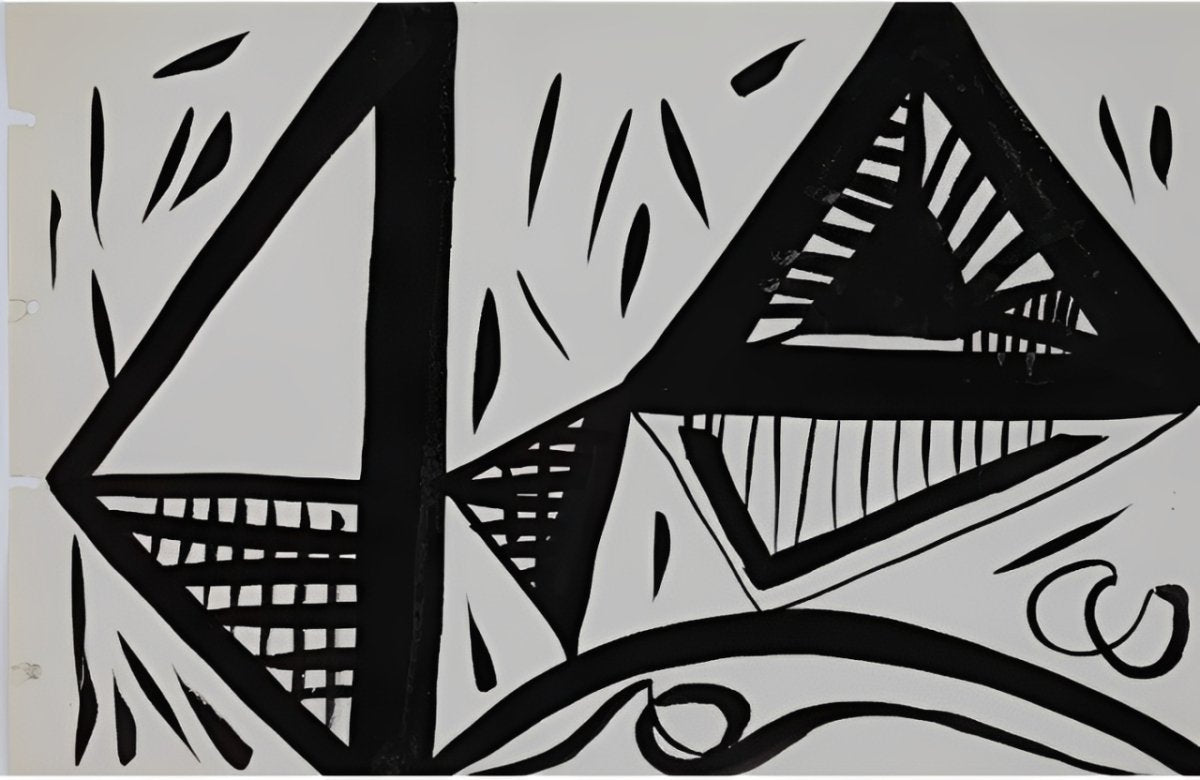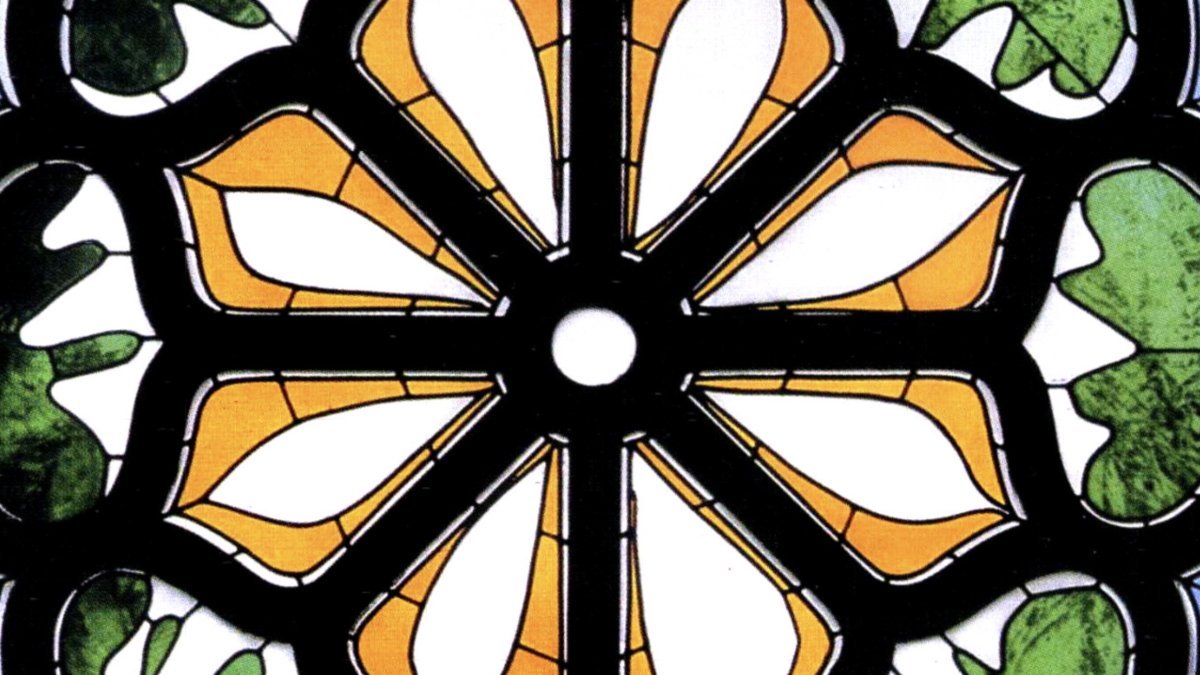
古巴藝術的抽象奇觀在邁阿密展出
什麼定義了古巴藝術,長期以來一直是爭論的主題。主要問題是:古巴藝術這個詞是指仍居住在島上的古巴人所創作的藝術,還是指古巴僑民藝術家的作品?或者應該指兩者?超過兩代以來,居住在島上的古巴藝術家完全受到政府的管控。除非作品符合獨裁政權的嚴格指導方針,否則沒有藝術家能在那裡公開展出或發表作品。既然如此,很難想像島上古巴人創作的藝術是出於純粹的靈感或創作誠信。它總是受到政治力量的影響,因此可以說這些作品可能被視為宣傳。但儘管居住在古巴僑民中的藝術家創作的藝術可能更自由,但它並非純粹的古巴藝術。具有古巴血統、居住在美國或其他地方的藝術家,從定義上來說是多元文化的。他們可以表達古巴經驗的一個方面,但無法表達仍居住在島上、被政府強制遵守特定風格或主題的經驗。看起來,這場辯論的雙方或許可以達成共識。比如,通過同時審視島上古巴藝術家的作品和僑民藝術家的作品,或許可以組合出更完整的古巴藝術定義。但這比想像中更具爭議性。只要問問Between the Real and the Imagined: Abstract Art from Cintas Fellows的策展人就知道了。這個聽起來不起眼的展覽將於2017年10月22日結束,卻引發了國際爭議,威脅到一家新博物館的聲譽,並挑戰了古巴藝術最重要的資金來源的地位。
認識Cintas基金會
Oscar B. Cintas是一位古巴實業家。他於1887年出生於古巴中部沿海城市Sagua la Grande。當Cintas還是孩子時,他的出生城市正經歷從一個相對較新的市鎮向重要商業和工業中心的巨大轉變。Cintas有機會隨著當地經濟一同成長。大學在英國倫敦留學後,他回到古巴島,成為糖業和鐵路產業的大亨。由於他的商業關係,Cintas被選為古巴駐美國大使,任期正值古巴政治史上最艱難動盪的時期之一:1932年至1934年。那是一個動盪和革命的時代,一個鬆散的臨時政府接管,並首次在古巴現代史上實施了不受西班牙或美國控制的改革。該時期於1934年結束,當時一場由美國支持的軍事政變推翻了該政府。
Cintas和他那一代的許多古巴實業家一樣,在動亂中財務上蓬勃發展。他在商業和政治之外最喜愛的興趣之一是收藏藝術品。由於在海外受過教育,他擁有全球性的美學品味。他收藏了來自世界各地的傑作,包括稀有手稿,如唯一已知的《唐吉訶德》第一版,以及僅有五份已知原件之一的葛底斯堡演說,這是亞伯拉罕·林肯在美國內戰關鍵時刻發表的最著名演講。他對藝術的興趣不僅限於收藏。Cintas還希望利用他的巨額財富幫助藝術家創作作品。為此,他計劃成立一個基金會,向具有古巴血統的藝術家提供資助。他於1957年去世,未能親眼見證基金會的成立。但按照他的遺願,他的遺產執行人最終成立了Cintas基金會。自1959年以來,該基金會一直是支持來自古巴僑民各地藝術家的最重要財務支持者。
 Zilia Sanchez - 無題,混合媒材於畫布,31 x 23 英寸
Zilia Sanchez - 無題,混合媒材於畫布,31 x 23 英寸
爭議與Cintas收藏
每年,Cintas基金會會向古巴僑民藝術家頒發視覺藝術、文學、音樂、電影和建築領域的獎學金。基金會與獲獎者的協議之一是,作為財務支持的回報,他們需向Cintas藝術收藏捐贈一件藝術作品。數十年來,Cintas收藏已成為世界上最重要且多元的古巴僑民藝術收藏。基金會管理該收藏,並定期從中策劃展覽。但有時要組織一個連貫的展覽並不容易,因為評審在頒發新獎學金時沒有嚴格的原則指導。作品涵蓋了所有可想像的美學範圍。但這正是重點。它不代表單一觀點,而是代表了被視為古巴藝術的多元性。
儘管如此,今年基金會認為有必要,像過去有時一樣,根據特定主題從收藏中組合作品。這次選擇的主題是古巴抽象藝術。展覽場地選擇了當時看似完美的地點:位於佛羅里達邁阿密的全新美國古巴僑民博物館。但隨後爆發了爭議。基金會在其網站上發布備忘錄,表示從今年開始,首次考慮居住在島上的藝術家申請Cintas獎學金。此前僅考慮僑民藝術家。這激怒了美國古巴僑民博物館的決策者,因為他們的使命明確是支持僑民藝術和藝術家。他們取消了展覽。但這一決定並非普遍受歡迎。看來雙方觀點都有其合理性。支持島上藝術家意味著默認支持控制他們藝術創作的獨裁政權,因為在古巴,藝術總是政治性的。然而在Cintas基金會看來,沒有包括在獨裁政權下創作的藝術,包括目前仍居住在島上的藝術家的作品,古巴藝術的整個故事無法完整呈現。
 Gean Moreno - 無題,2006年,混合媒材於畫布,86 x 63 英寸
Gean Moreno - 無題,2006年,混合媒材於畫布,86 x 63 英寸
介於真實與想像之間
在美國古巴僑民博物館取消Cintas基金會展覽後,策展人找到了一個新場地——位於佛羅里達州科勒爾蓋布爾斯的科勒爾蓋布爾斯博物館,距離邁阿密市區不遠。該場地較小,因此展覽規模縮小。但這也促成了更緊湊、精心編輯的作品選擇。Between the Real and the Imagined的整體範圍涉及幾何、結構和線條。展覽包括代表Cintas獎學金整個歷史的藝術家作品。其中有Carmen Herrera,或許是當下最著名的古巴出生藝術家。102歲的Herrera剛在紐約惠特尼美術館舉辦了大型回顧展。她曾於1969年至1972年獲得Cintas獎學金。展覽中還有古巴抽象藝術先驅Rafael Soriano的作品,他於2014年獲得Cintas終身成就獎,以及當代抽象雕塑家Leyden Rodriguez Casanova的新作。Casanova於1973年出生於哈瓦那,目前居住在邁阿密,曾於2011年獲得Cintas獎學金。
對於能超越政治的普通藝術觀眾來說,Between the Real and the Imagined提供了對古巴僑民藝術一個鮮為人知面向的絕佳一瞥。或許由於近代古巴歷史的強烈政治性,大多數曝光似乎集中於以具象方式反映古巴流亡問題或革命複雜性與悲劇的藝術。這次展覽突顯了古巴經驗的另一面,無疑將促進對古巴文化深度與廣度的更大欣賞。但展覽標題中或許也隱含著一個訊息。究竟什麼是真實,什麼是想像?這些幾何形狀是真實的,不是嗎?是否只有它們的意義是想像的?而居住在島上的藝術家確實受到政府控制,這是真實的。他們的創造力是否從未讓他們在工作室中找到自由的方式?殘酷政府的權力是否只是想像?還是心靈控制是真實的?流亡者與島上居民之間真的有分隔嗎?文化遺產是真實還是想像?這個展覽雖小,卻重要。它提出了藝術經常提出的問題,例如什麼是具體;什麼是抽象;我們如何分辨想像、信念與真實。
特色圖片:Angela Valella - 無題,2006-2007年,銀色金屬紙上的噴墨印刷
所有圖片© Cintas基金會,所有圖片僅用於說明目的
作者:Phillip Barcio
